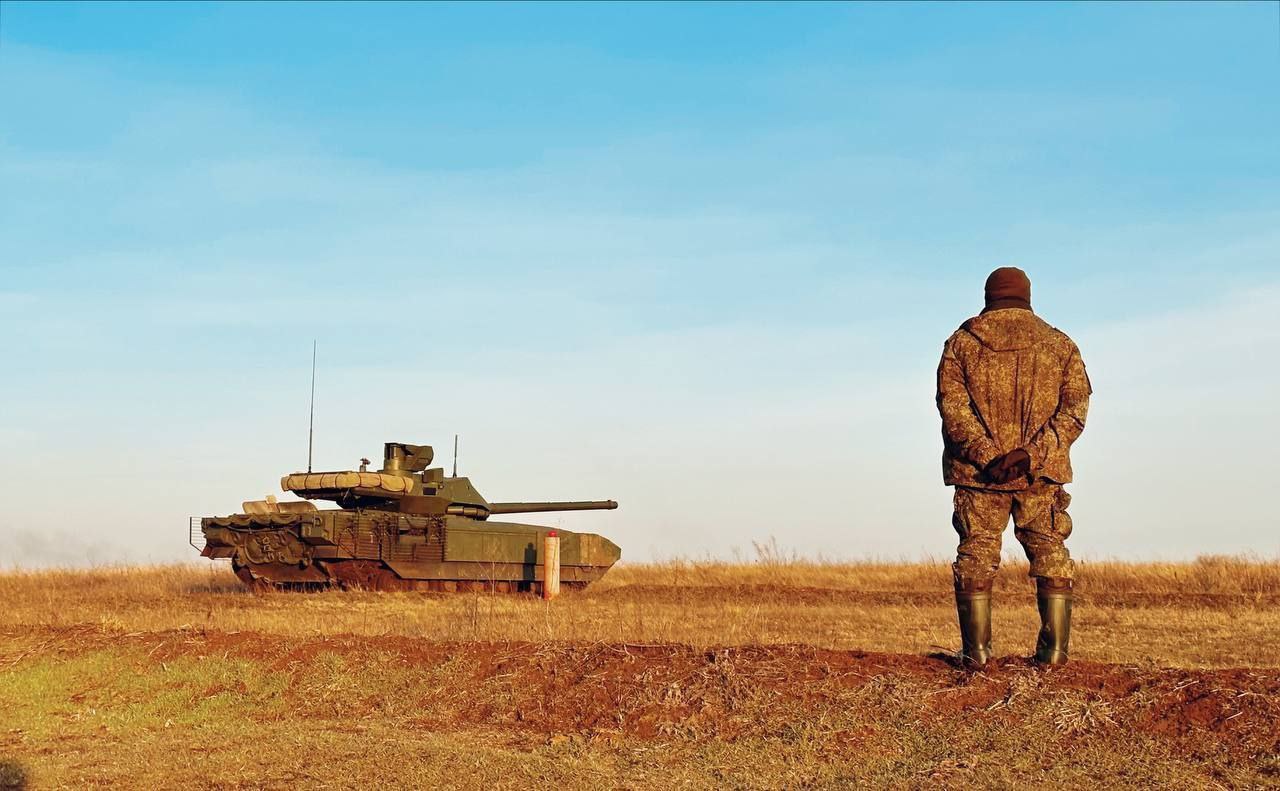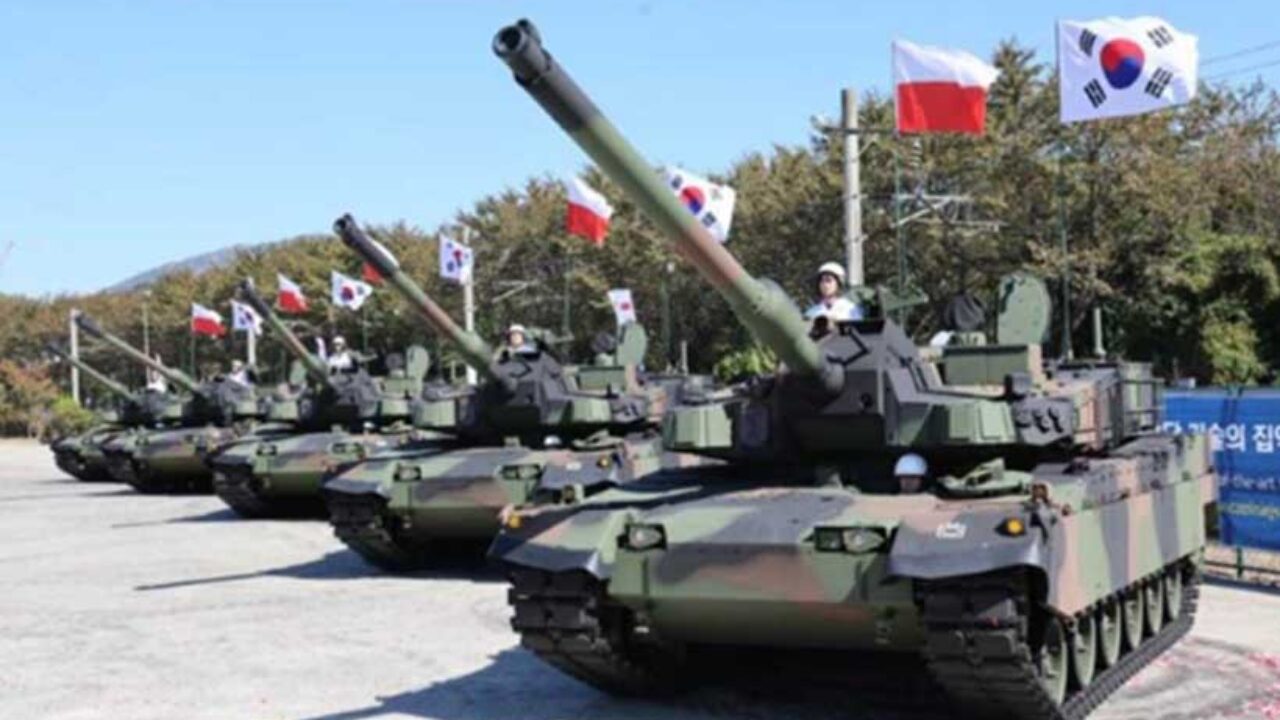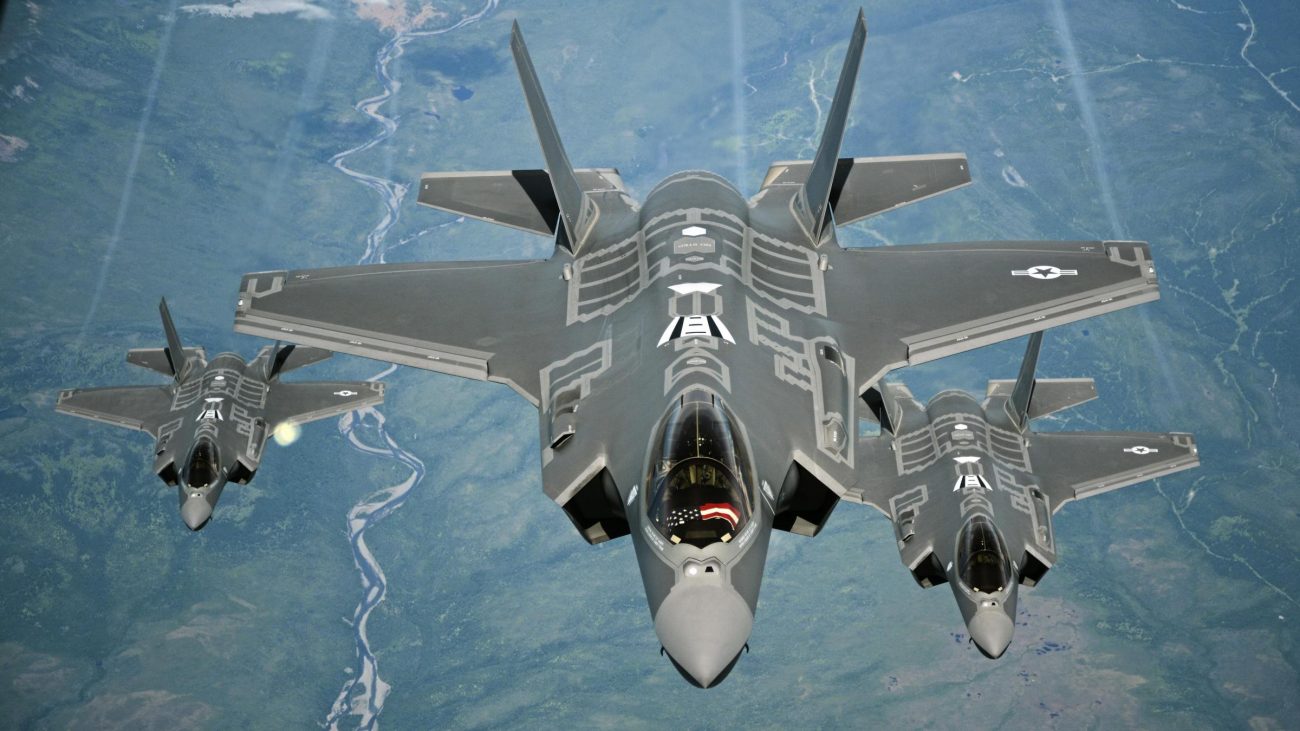The Russian invasion of Ukraine was a rude shock to the entire European continent, which assumed it was past the menace of conventional warfare. The repercussions of war sent a wave of military insecurity running through Europe and resulted in a massive uptick in arms purchases.
Europe is acquiring weapons at a rate never before since the Cold War due to the conflict in Ukraine. According to data examined by EL PAS from the Stockholm International Peace Research Institute’s (SIPRI) database, European arm imports rose by 92% in 2022.
This is the largest year-over-year increase seen since the fall of the Berlin Wall, which is remembered as a turning point for the Soviet Union. At the time, the communist bloc was teetering on the brink of collapse. Years later, the Soviet Union disintegrated, and Europe basked in the military stability of the region.
However, heavy fighting returned to Europe in late February last year when Russia invaded Ukraine. There has been no looking back for Europe since the war has grown increasingly intense.
According to the figures released by SIPRI on March 13, while purchases of military equipment decreased globally last year—the year of Russia’s massive invasion of Ukraine—most European nations increased their purchases.
Analyst Siemon Wezeman told AFP that Russia is the only explanation for the sharp rise in trade between European nations. The analyst warned that arms imports would increase significantly in the upcoming years.
The worth of weapons that landed in Ukraine last year was 68 times that of 2021, by far the country where imports increased most dramatically. A minor portion of the military supplies that the Ukrainian army has received—have been paid for by some of its allies, such as the United States or the Netherlands. The majority of these supply has essentially come into Kyiv as aid.
The SIPRI calculation does not consider the hundreds of thousands of artillery shells that have also been shipped to Ukraine. They are crucial to the fierce battles in the eastern Donbas region because their unit price is too low.
Russian arms shipments, in contrast, have fallen to their lowest level this century due to Western sanctions and setbacks in the war in Ukraine. This was also reflected in Putin’s speech to his country’s defense-military complex, where he urged the industry to churn out weapons to fulfill demands.

On its part, Ukraine has stated several times that Russia was encountering troubles in producing equipment, including missiles, due to the extensive sanctions on its economy and industry. However, the country is nevertheless eyeing export orders, as evidenced by its display of the Aero India 2023.
The difference between the US and Russia is widening in terms of exports. American businesses make two-fifths of all deliveries worldwide, and more than a hundred nations imported US weaponry in 2017. With barely 16% of overall sales over the previous five years, Russian exports have decreased to their lowest levels since 1998.
In any case, Russian exports have already sharply decreased since 2020, even before the sanctions for the extensive invasion of Ukraine. Wezeman believes there are many causes, but the economy’s instability is one of the primary ones.
The expert notes that many of Russia’s major clients do not believe that their sector will be able to comply with the agreement in the future because the huge arms sales include terms relating to maintenance and repairs.
Besides Ukraine and Russia, it would be imperative to study the patterns of arms purchases in other European countries that may or may not be directly threatened by the Ukraine war.

Europe’s Burgeoning Arms Purchase
Nonetheless, several of its allies also acquired more weapons in 2022 than in any other year this century, even if Ukraine was the primary driver of the spike in European imports. Poland (764%), Hungary (211%), Sweden (161%), and the Czech Republic (109%) had the most notable growths.
Wezeman said that all European NATO countries had accelerated production and made fresh orders, some of which have already begun to arrive, in response to Russia’s invasion of Ukraine.
The researcher said, “The rush is greater than ever. Governments do not expect the fighter planes and tanks they buy today to be delivered in 10 years; they want them for tomorrow.”
In the past year, some of the major European importers, including the United Kingdom and Germany, somewhat decreased the value of their imports. For instance, the decline was more noticeable in a few countries, including Denmark (-52%), Belgium (-38%), and Romania (-31%).
According to Wezeman, many countries already reacted in 2014 [the year of the annexation of Crimea and the start of the fighting in Donbas], when the danger posed by Russia became apparent. He adds that although some NATO members have experienced a year-over-year decline, they plan “massive imports” to signal a rebound soon.
For instance, Norway is currently the top importer on the continent, while Finland has bought 64 F-35 fighters (the most advanced combat aircraft on the market) from the United States for delivery starting in 2025.
The Ukraine war has propelled the sale of the Lockheed Martin F-35, especially in NATO and Europe. Countries like Finland, Canada, Switzerland, and Germany have already signed big-budget deals for stealth aircraft. In addition, countries like the Czech Republic and Austria are in talks with the US defense giant.

Not only are the allies of the Ukrainian government strengthened across Europe, but Belarus, the Kremlin’s primary supporter, increased its imports last year to rank as the continent’s tenth-largest importer. Most of the weaponry supplied to Belarus was created in Russia, with a minimal amount made in China.
In a massive boost to its military, Belarus received Iskander-M short-range ballistic missile, which can carry a nuclear warhead. This was supplemented by one of the world’s most advanced air defense systems, the combat-hardened S-400 Triumf.
While imports increased by 40% in Europe over the past five years, they reduced throughout the other continents. The trend became apparent a few years ago when the global arms trade shrank for the first time since 2005. Despite the decline, more than 60% of all imports come from Asia, primarily the Gulf monarchies.
- Contact the author at sakshi.tiwari9555@gmail.com
- Follow EurAsian Times on Google News




